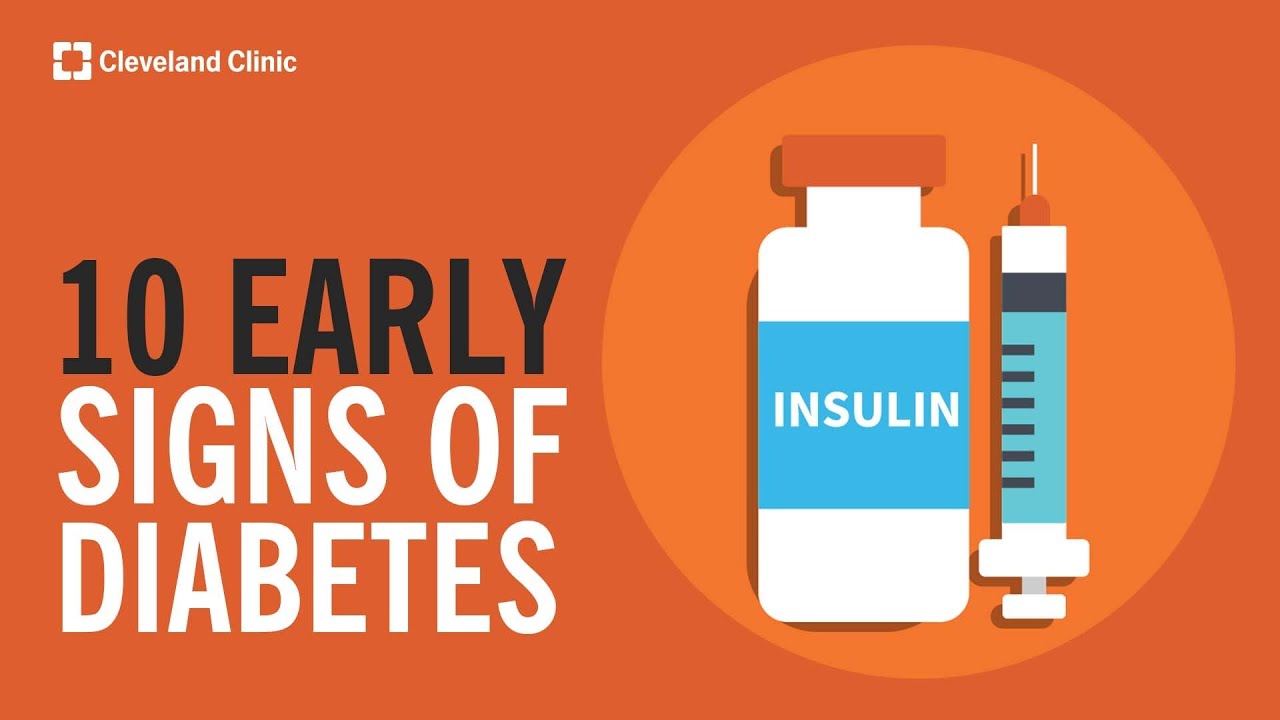Antibiotic prophylaxis modestly effective for recurrent UTI in children
Reuters Health • The Doctor's Channel Daily Newscast
Moreover, this benefit is apparent in all children regardless of age, gender, frequency of previous UTIs, and concomitant reflux, Dr. Jonathan C. Craig, from Children’s Hospital at Westmead, Sydney, Australia, and colleagues state.
Although antibiotics are often given to children with the goal of preventing UTI, data supporting this practice from adequately powered, placebo controlled trials has been lacking, the researchers note.
To address this topic, Dr. Craig’s group randomized 576 children with prior microbiologically proven UTI to receive daily trimethoprim/sulfamethoxazole (2 mg/10 mg per kg of body weight) or placebo for 12 months.
The median age at enrollment was 14 months. Sixty-four percent were girls, 42% had known vesicoureteral reflux, and 71% were enrolled after the first diagnosis of UTI.
During the study period, microbiologically confirmed UTI were seen in 13% of antibiotic-treated children compared with 19% of controls (HR 0.61, p = 0.02). The 6% reduction in the absolute risk of UTI seen with antibiotic use was consistent across all subgroups of patients.
Exactly how these findings should influence clinical-decision making is unclear, but “given the modest overall effect size, a one-size-fits-all approach may not be appropriate,” Dr. Alejandro Hoberman, from the Children’s Hospital of Pittsburgh, and Dr. Ron Keren, from the Children’s Hospital of Philadelphia, comment in a related editorial.
“The need to detect vesicoureteral reflux is probably the most important issue facing parents and clinicians,” they add. “…Ongoing randomized, controlled trials in Sweden and the United States in children with a wide range of grades of vesicoureteral reflux may tell us whether the diagnosis and treatment of such reflux provide any incremental benefit.”
Reference:
N Engl J Med 2009;361:1748-1759,1804-1806.








